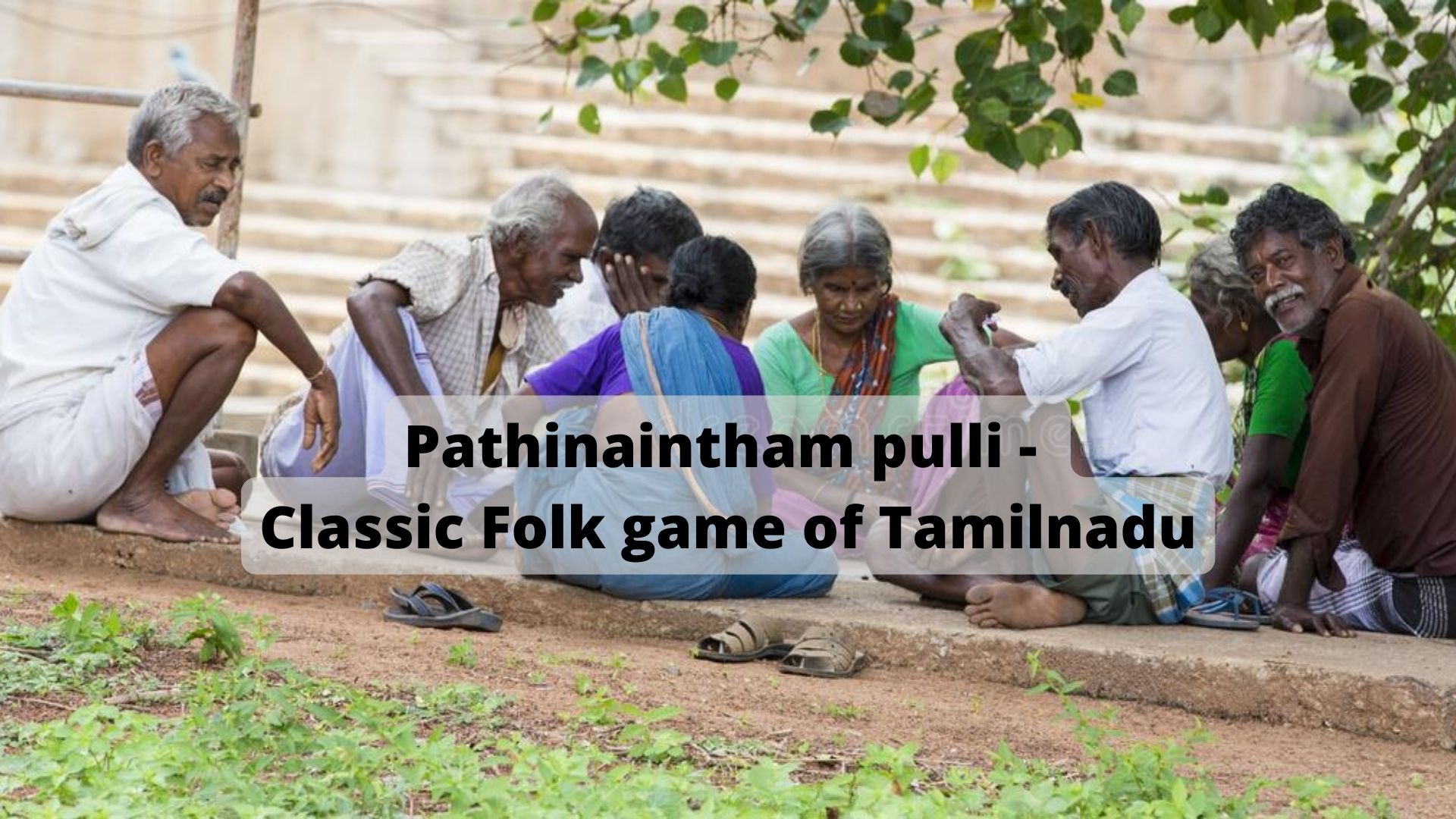
I was born in 1999. Being a millennial, I was given the opportunities to relish the beauty and aesthetics of the older generation while living in the modern world. Thanks to the joint family system in India. I vividly remember my distant grandfather Mr. Velliyangiri who visit us during our annual holidays. The yellow towel on his shoulders and the rusted bicycle with a night lamp were his identity. I as a kid was intrigued to have meaningful conversations with the old. I always believed that bridging the wisdom of the old to the energy of the young could make wonders. The conversations with him have always been associated with a simple board game of Pathinaintham pulli.
Pathinaintham pulli also known as Adu-puli attam or Singatayam is a folk game played in Tamil Nadu, preferably in villages. This plaque can be applied to the floors of village temples and halls. The locals play it very loosely, but with great interest. The name of the game indicates that it is a battle between a goat and a tiger, each trying to hunt down each other. We play this game together. One symbolizes a goat and the other symbolizes a tiger.
Success depends on a strategy in which one hunts down the other. It is mainly played in the Madurai district and is known as Singatayam in the Ramnad district. Singham (lion) has 3 pawns and goat has 15 pawns. It's basically a triangular board with a rectangle on top. Includes 4 vertical cross lines and 3 horizontal lines. There are 23 meeting points on the board. Two players play the game. A tiger has three pawns and a goat has 15 coins. It's a battle between 3 tigers and 15 goats. Drawing this board is very easy, and when players want to play this game, they can draw the board on the sand with a stick or finger. If you're in the house, use chalk or bricks to paint. Game pieces can be any material available (seed, pebbles, stick pieces, ceramic pieces, rocks, etc.). The minimalism is the key of this game. Tigers and goats need different coins. There are only two players, but there can be many spectators who are on the side of the two players.
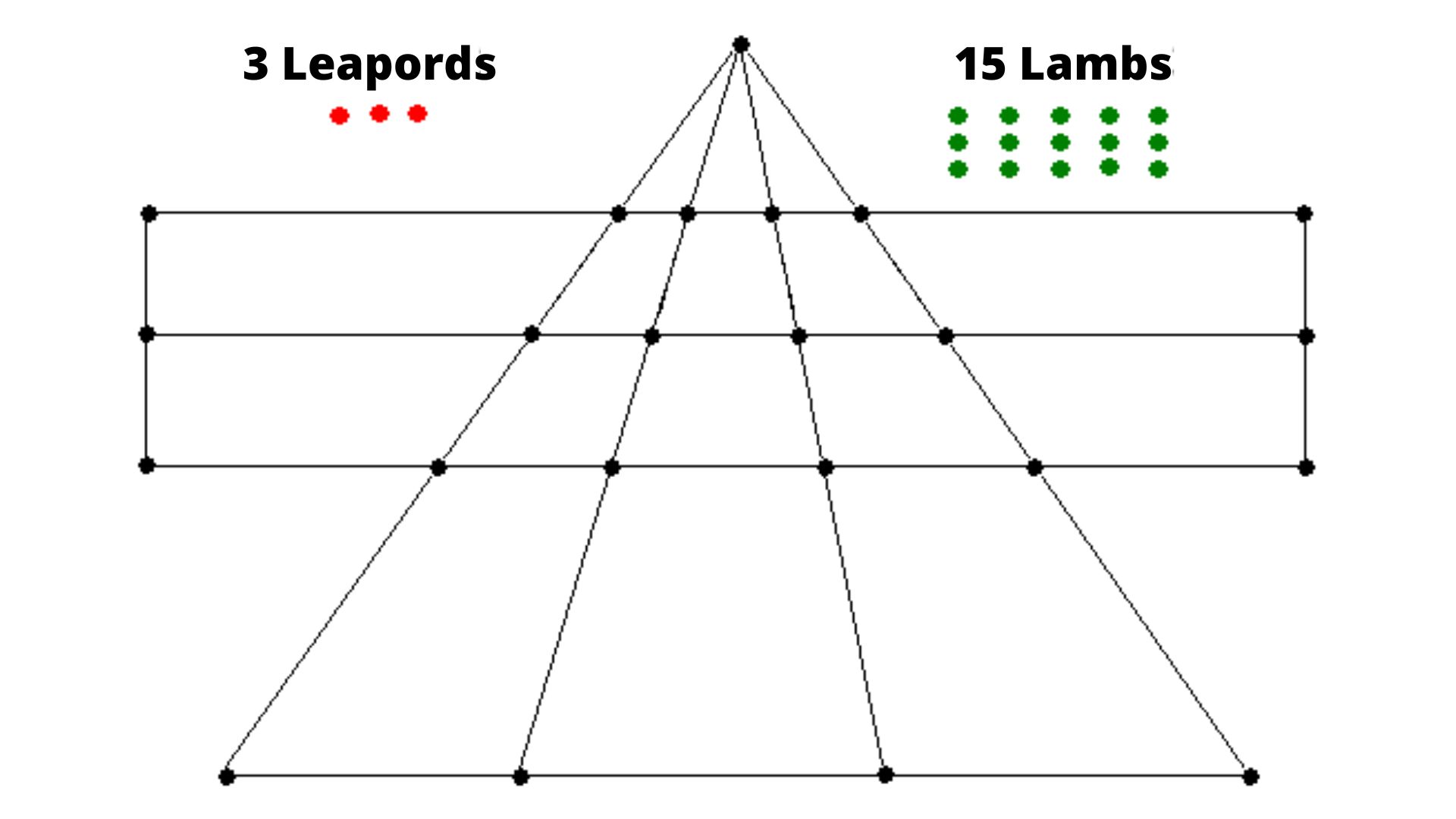
The game starts with the goat moving one of the pawns to one of the dots. The tiger then puts one of his coins on the board. After 3 rounds, the tiger has no coins left on the board, but needs to move the coins to cut the opponent's pieces. The goat could only start moving coins after placing all 15 coins on the board. From 23 spots, 18 spots (3 tigers and 15 goats) will be filled with 2 sets of pawns and movement will be limited to 5 free spots. If there is a coin between the two points, the player can jump from the point where the coin was cut and rest on the coin cut at the free points. Each player must move so that they can cut their opponent's coins without cutting them. Also, try to block the opponent’s pieces so that the opponent does not move.
It's a good idea to raise all three coins so that the tiger can jump, cut, and return without being disturbed by the goat. When the tiger comes down, the goat blocks the tiger, which blocks the movement of the tiger. Surrounded by goats makes it difficult for tigers to move. When you can't move it, it's almost impossible to cut it. If all three tigers are blocked by the goat, the goat is declared the winner. If the tiger cuts all the goats without being disturbed by the goats, the tiger becomes the winner. Players must be very enthusiastic about observing and predicting the movements of their opponents. You have to be smart enough not to be blocked or disconnected by other players. Even slips are deadly. It really tests the skill and experience of the player.
HJR Murray in his Board games other than chess (Oxford, 1952) classifies the game as a Deccan and South Indian tiger game (Bagbukuri). He says the numbers of goats and tigers vary from 11 to 24 and 1 to 4, respectively, but in Tamil's folk strategy game, there are only 3 tigers and 15 goats. These tiger and goat games are played with variations in many parts of India. sThis board game is known in Sri Lanka as Kotisellamma or Demala Diviyan Keliya. In Hindustani, it is known as Rafaya. There is another such game played on the same game board in Sri Lanka. This is a two-player game of seven leopards or Hut Diviyan Keliya, one with a pawn called a "tiger" and the other with seven pawns called a "leopard". The latter can be cut or caught by a tiger placed at the apex of the triangle on the game board. Other players place one of the leopards at any meeting place. The tiger can make a second and subsequent movements while the other player holds the other leopard at different points in alternating movements. The actual game begins when all seven leopards are placed on the board. Tigers try to cut and catch leopards. Alternatively, the leopard tries to block the tiger (Adaithal). The game piece moves along any line to all meeting points and performs one move at a time. The leopard is the winner if the tiger is blocked from all points and cannot move at all. If the tiger cuts the leopard, he is allowed a second move. They take turns playing the game until one player wins the game.
Currently, there are many ready-made boards of all materials on the market. More interestingly, this game board can be seen in the temple Mandapa and Prakara to play this game while the visitor is visiting the temple. In some houses in the village, game boards are built on the ground and in the rest area (Sinnai) at the entrance of each house, so residents and visitors are free to play this game.
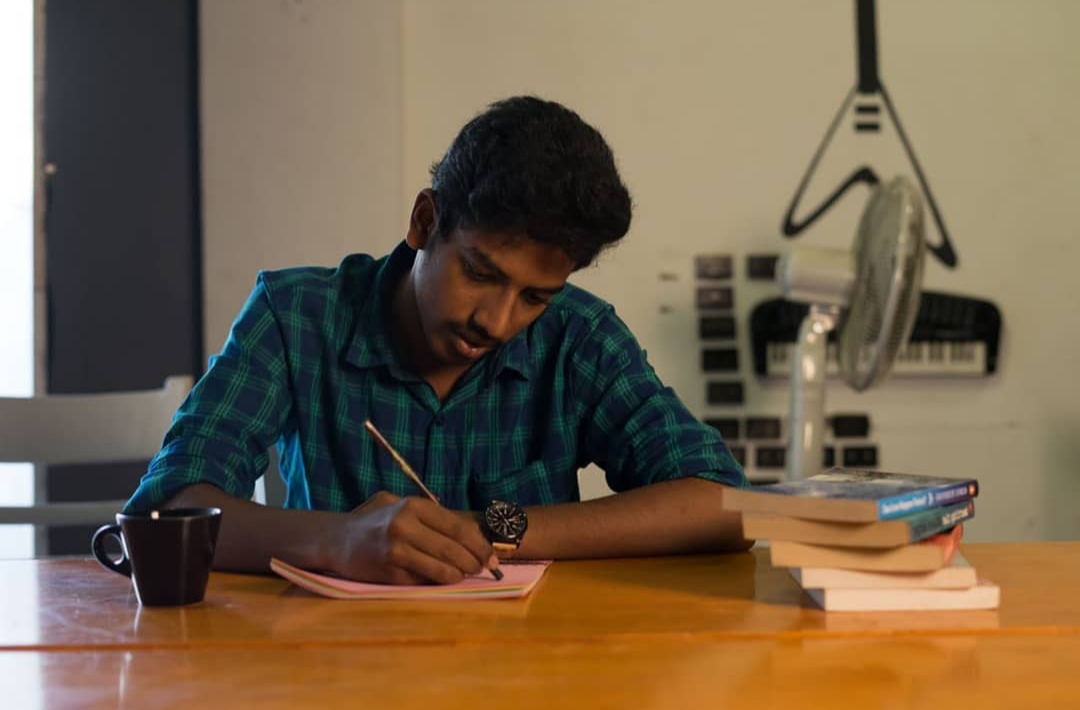
Vigneshvaran is the special correspondent of the company. He is a graduate of English Literature who shows great interest in analyzing various practices followed in Sanatana dharma. He is a practical person with a curiosity to learn everything by experiencing. He is also a staunch nationalist and writes poems both in English and Tamil. Vignesh also is an excellent orator.
NEXT ARTICLE
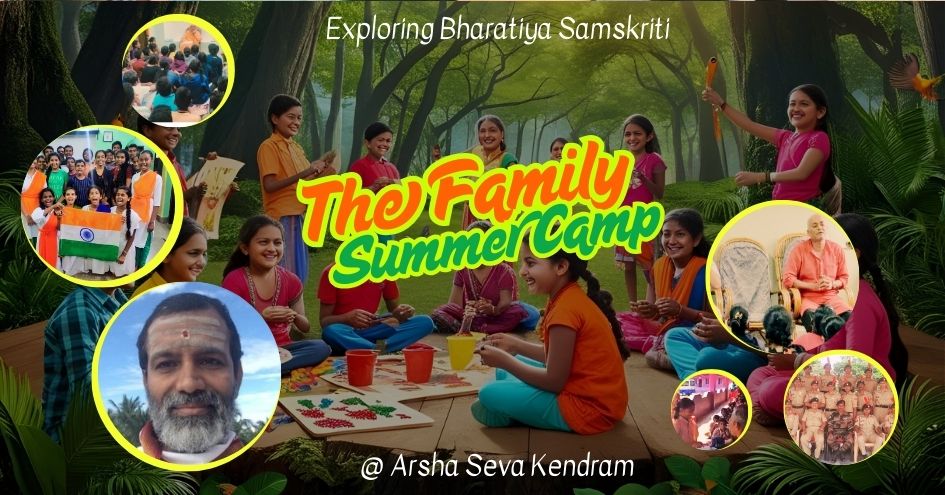
Indian parents today are increasingly concerned about their children's limited exposure to the country's rich culture, heritage, and history. Recogniz...
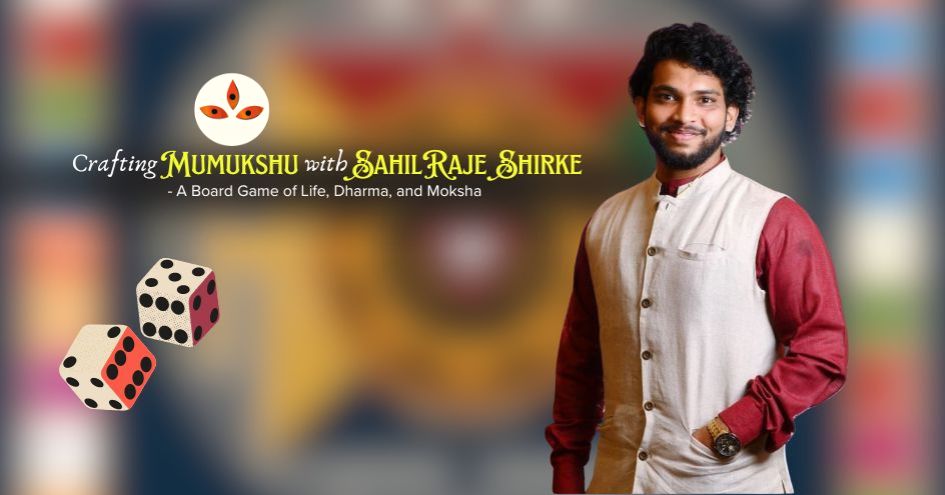
2nd May, 2025In a world increasingly dominated by fleeting digital entertainment, SahilRaje Shirke, an entrepreneur with a deep-rooted passion for Ind...